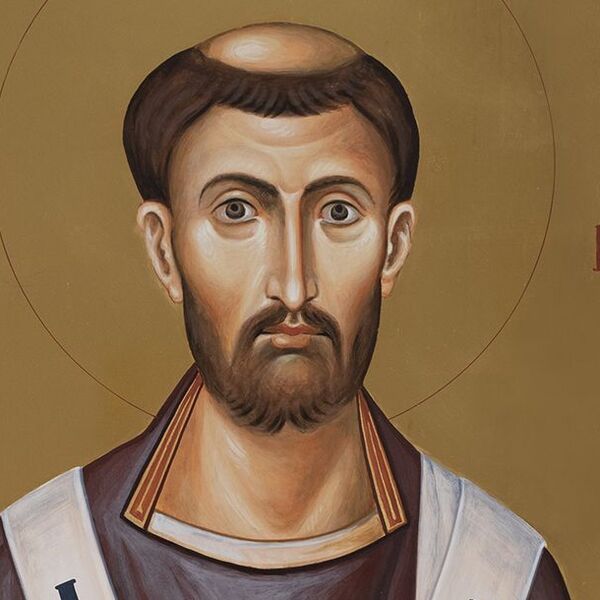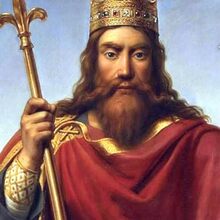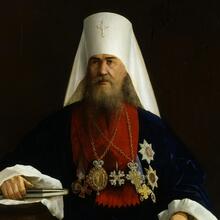
Personal
Other names:
Germanus Antissiodorensis
Job / Known for:
Bishop of Autissiodorum and defender of orthodoxy
Left traces:
Established and promoted the cult of Saint Alban
Born
Date:
378
Location:
FR
Auxerre, Western Roman Empire
Died
Date:
445 (aged 67)
Resting place:
IT
Death Cause:
Natural causes
Family
Spouse:
Eustachia
Children:
Parent(s):
Rusticus and Germanilla
QR Code:
 My QR code:
Germanus of Auxerre
https://DearGone.com/10574
My QR code:
Germanus of Auxerre
https://DearGone.com/10574
Key Ownner:
Not yet supported by key owner
Show More
Rank
Users ranking to :
Thanks, you rate star
Ranking
5.0
1
Fullname
Germanus of Auxerre
Slogan
You shall know the truth, and the truth shall make you free.
About me / Bio:
Show More
Article for Germanus of Auxerre
Died profile like Germanus of Auxerre
Comments:




